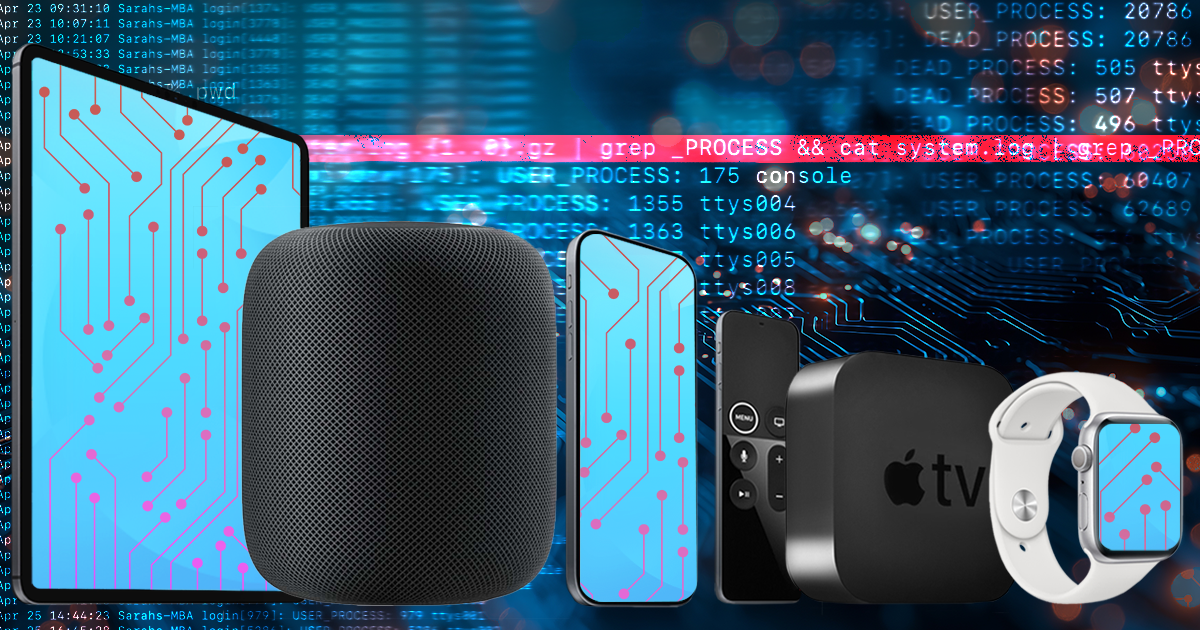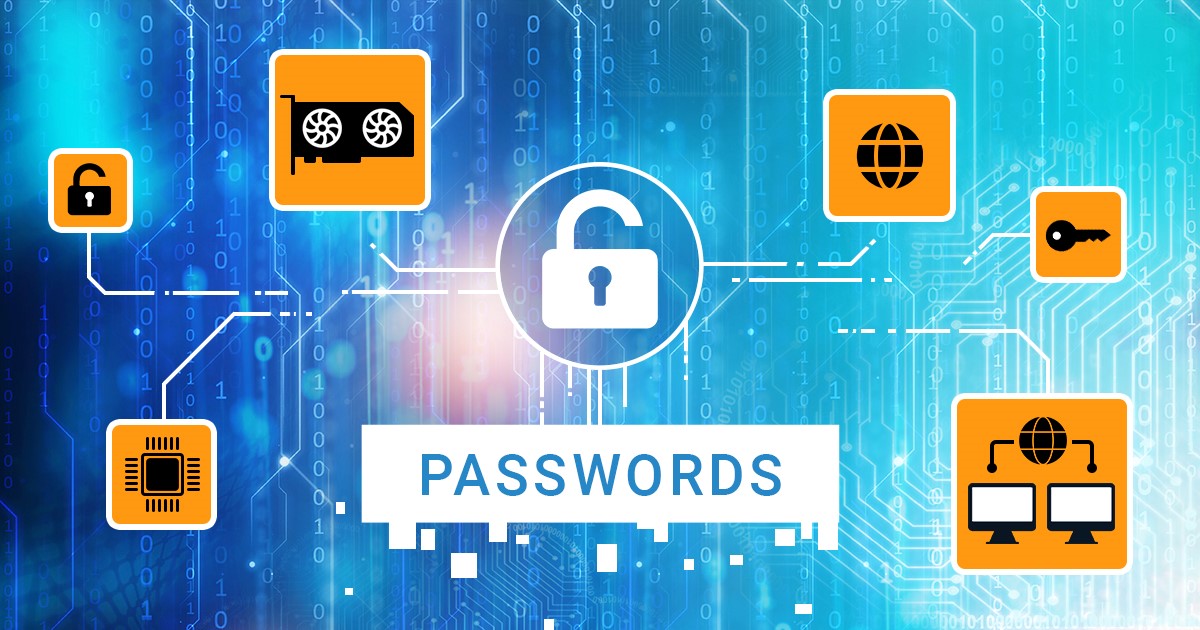Dictionary attacks are among the most effective ones because they rely on the human nature. It is human nature to select passwords that are easily memoizable, like their pet names, dates of birth, football teams or whatever. BBC counted 171,146 words in the English dictionary, while a typical native speaker (of any language) knows 15,000 to 20,000 word families (lemmas, or root words and inflections). Whatever the attack speed is, it will not take too much time to check all the English words.
Access to encrypted information can be gained through various methods, including live system analysis (1 and 2), using bootable forensic tools, analysis of sleep/hibernation files, and exploiting TPM vulnerabilities, with password recovery being the last option on the list. Each method has different resource requirements and should be used in order of least resource-intensive to most time-consuming, with password recovery as the last resort. Familiarize yourself with the different encryption recovery strategies and learn about data formats with weak protection or known vulnerabilities.
There are several methods for recovering the original password ranging from brute force to very complex rule-based attacks. Brute-force attacks are a last resort when all other options are exhausted. What can you reasonably expect of a brute-force attack, what is the chance of success, and how does it depend on the password and the data? Or just “how long will it take you to break it”? Let’s try to find out.
The new year is fast approaching, and of course we are curious to know what it has in store for us in the field of computer, mobile, and cloud forensics. But before 2022 is over, we invite you to take a moment to reflect on what 2022 has been like for us. More research, development and updates remained our top priority, as it has been in all previous years. We have continued with constant improvement to our solutions by launching new features and expanding product capabilities. We’ve also got a chance to attend some conferences to meet with you in person and share our expertise. So, here’s our take on the results of 2022.
Windows account passwords, or NTLM passwords, are among the easiest to recover due to their relatively low cryptographic strength. At the same time, NTLM passwords can be used to unlock DPAPI-protected data such as the user’s passwords stored in Web browsers, encrypted chats, EFS-protected files and folders, and a lot more. In this article we argue about prioritizing the recovery of NTLM hashes over any other types of encrypted data.
The extraction method or methods available for a particular iOS device depend on the device’s hardware platform and the installed version of iOS. While logical acquisition is available for all iOS and iPadOS devices, more advanced extraction methods are available for older platforms and versions of iOS. But what if more than one way to extract the data is available for a given device? In this guide, we’ll discuss the applicable acquisition methods as well as the order in which they should be used.
In Apple ecosystem, logical acquisition is the most convenient and the most compatible extraction method, with local backups being a major contributor. Password-protected backups contain significantly more information than unencrypted backups, which is why many forensic tools including iOS Forensic Toolkit automatically apply a temporary backup password before creating a backup. If a temporary password is not removed after the extraction, subsequent extraction attempts, especially made with a different tool, will produce encrypted backups protected with an effectively unknown password. In this article we’ll talk about why this happens and how to deal with it.
Disk encryption is widely used desktop and laptop computers. Many non-ZFS Linux distributions rely on LUKS for data protection. LUKS is a classic implementation of disk encryption offering the choice of encryption algorithms, encryption modes and hash functions. LUKS2 further improves the already tough disk encryption. Learn how to deal with LUKS2 encryption in Windows and how to break in with distributed password attacks.
Modern versions of Windows have many different types of accounts. Local Windows accounts, Microsoft accounts, and domain accounts feature different types of protection. There is also Windows Hello with PIN codes, which are protected differently from everything else. How secure are these types of passwords, and how can you break them? Read along to find out!
While Windows 11 requires a Trusted Platform Module (TPM), older versions of Windows can do without while still using PIN-based Windows Hello sign-in. We prove that all-digit PINs are a serious security risk on systems without a TPM, and can be broken in a matter of minutes.


